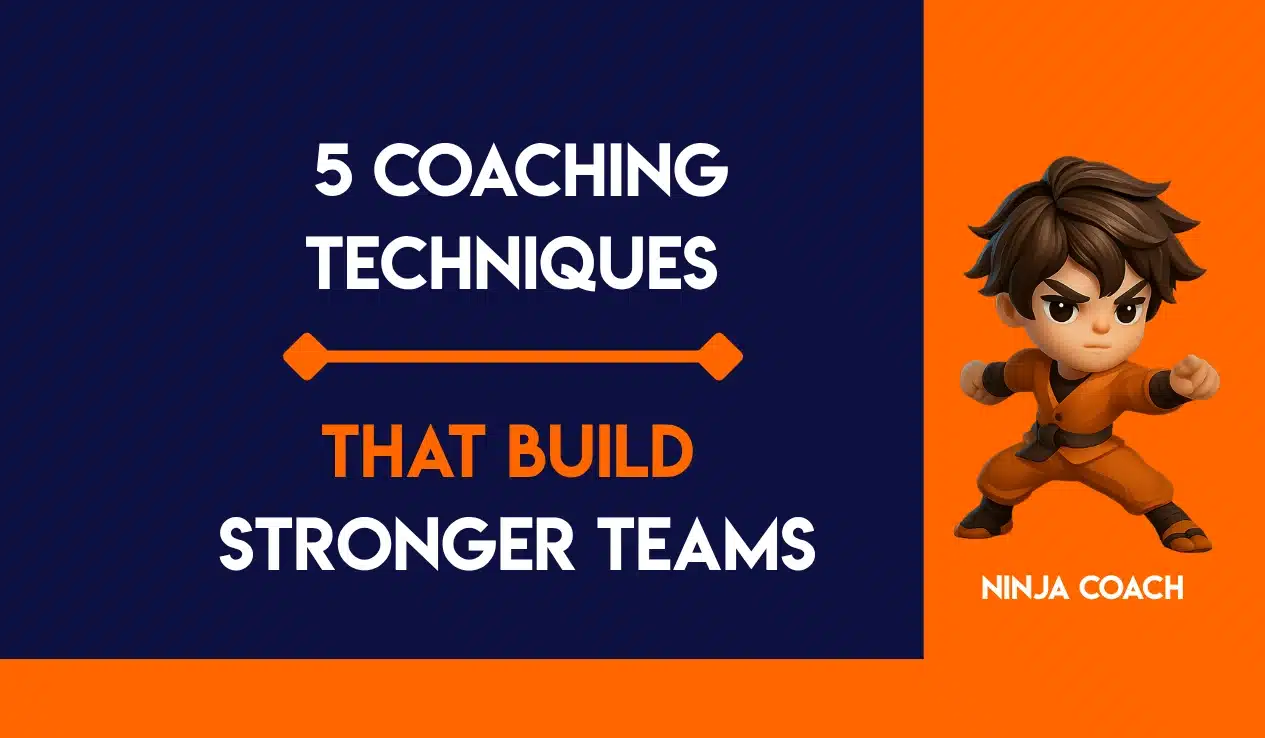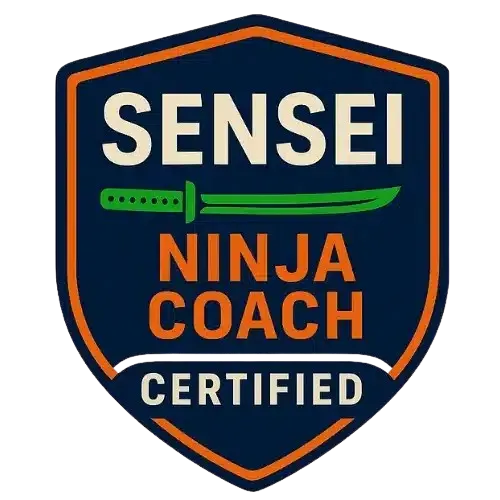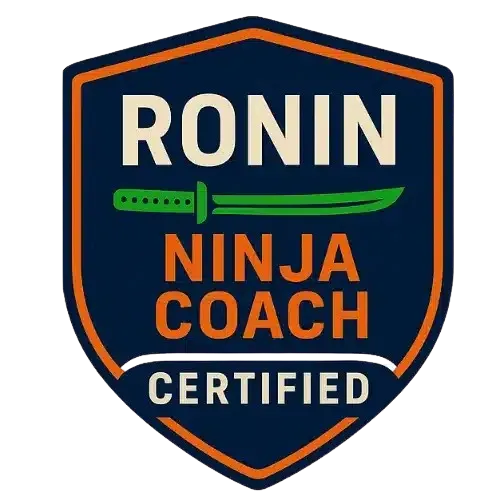
5 Coaching Techniques That Build Stronger Teams
Strong teams don’t happen by chance — they’re built through trust, clear communication, and intentional development. In today’s fast-paced work culture, coaching in the workplace has become a vital tool for creating high-performing, motivated, and connected teams.
Whether you’re leading a corporate department or managing a small team, applying the right coaching techniques can transform the way your employees work together.
Here are 5 proven coaching strategies that help teams grow stronger from the inside out.
1. Active Listening and Empathy-Based Coaching
One of the most overlooked skills in team development is active listening. When team leaders or managers listen without interrupting, judging, or jumping to conclusions, employees feel seen and valued.
Adding empathy to the mix builds even stronger relationships. It creates an environment where team members feel comfortable expressing ideas, challenges, or frustrations — which leads to better collaboration and performance.
Coaches model this behavior and teach it as a repeatable skill that improves trust within teams.
2. Strengths-Based Feedback
Instead of focusing only on what’s going wrong, great coaching emphasizes what’s going right. Using a strengths-based approach helps employees identify and leverage their core capabilities.
When people work in alignment with their strengths, they’re more productive, motivated, and engaged. This technique also builds team morale and reduces burnout.
Strengths-based feedback shifts the tone from criticism to growth — a key trait in strong teams.
3. Goal Alignment and Accountability Frameworks
Setting shared goals creates clarity and purpose, but coaching goes beyond simply setting targets. Coaches help teams break down goals into actionable steps and assign clear responsibilities.
More importantly, coaching instills accountability systems — such as weekly check-ins or progress tracking — to keep momentum alive. When each team member is accountable and aligned with the bigger picture, team performance improves significantly.
This framework also minimizes confusion and duplication of efforts.
4. Real-Time Coaching During Team Interactions
Traditional coaching often happens in 1-on-1 settings, but today’s teams benefit from real-time coaching during meetings, projects, and discussions.
This approach allows coaches or leaders to address communication gaps, decision-making blocks, or team dynamics as they happen — turning everyday interactions into learning moments.
The result? More conscious collaboration, faster conflict resolution, and better teamwork habits over time.
5. Reflective Practice and Debriefing
Reflection is a powerful tool for growth. After completing a project or handling a challenge, effective coaches facilitate team debriefs to explore:
- What worked well?
- What could have been better?
- What did we learn?
- How will we improve next time?
These sessions promote continuous learning, mutual respect, and psychological safety. Over time, teams become more self-aware, adaptable, and confident in navigating future challenges.
Conclusion
Implementing coaching in the workplace is one of the smartest investments an organization can make. These five techniques — from active listening to reflective practice don’t just boost team performance. They build a culture where people feel empowered, valued, and equipped to grow together.
If you’re aiming to build stronger, more united teams, these coaching strategies are your starting point. Begin with one and watch the transformation unfold.













